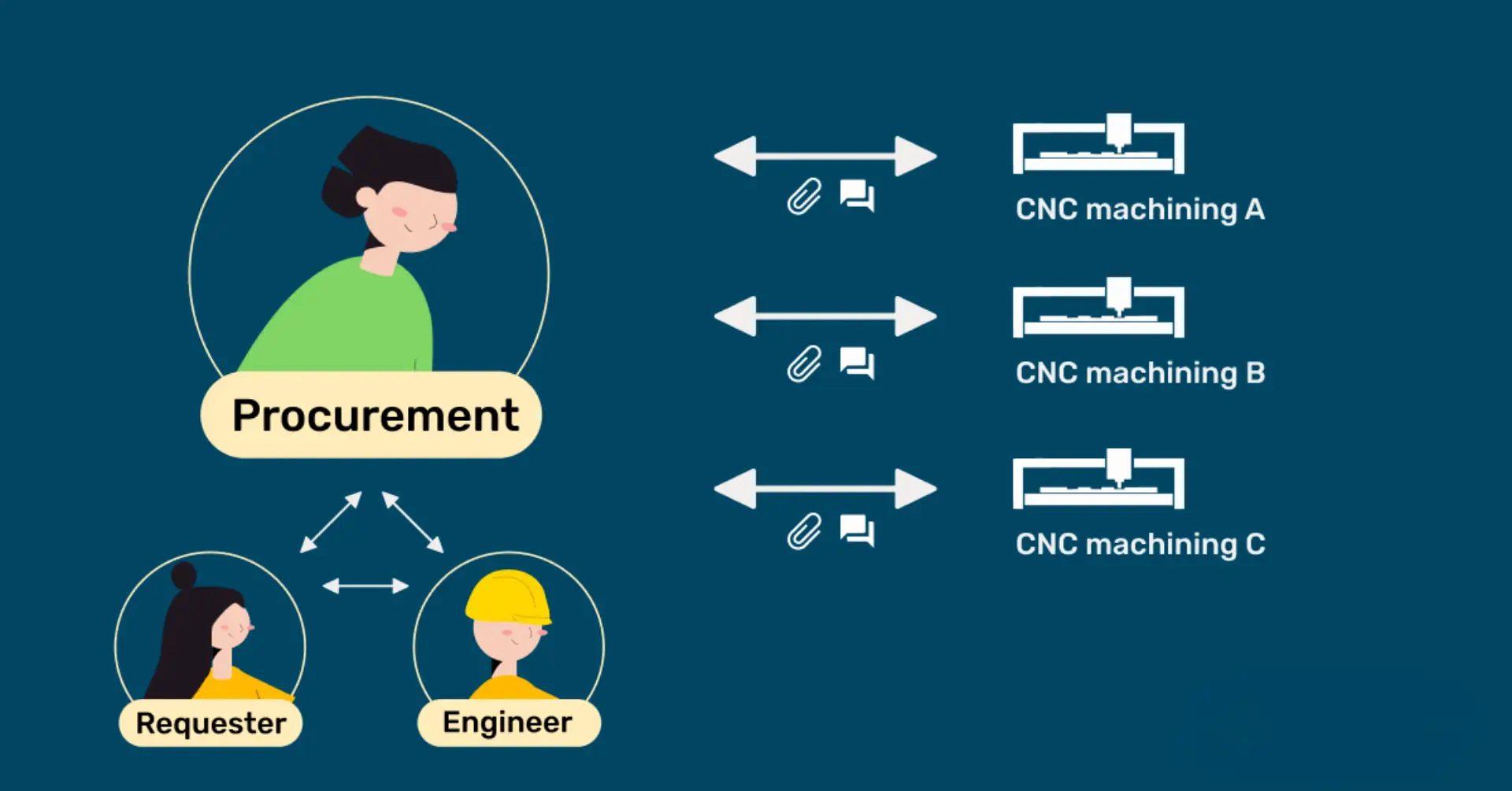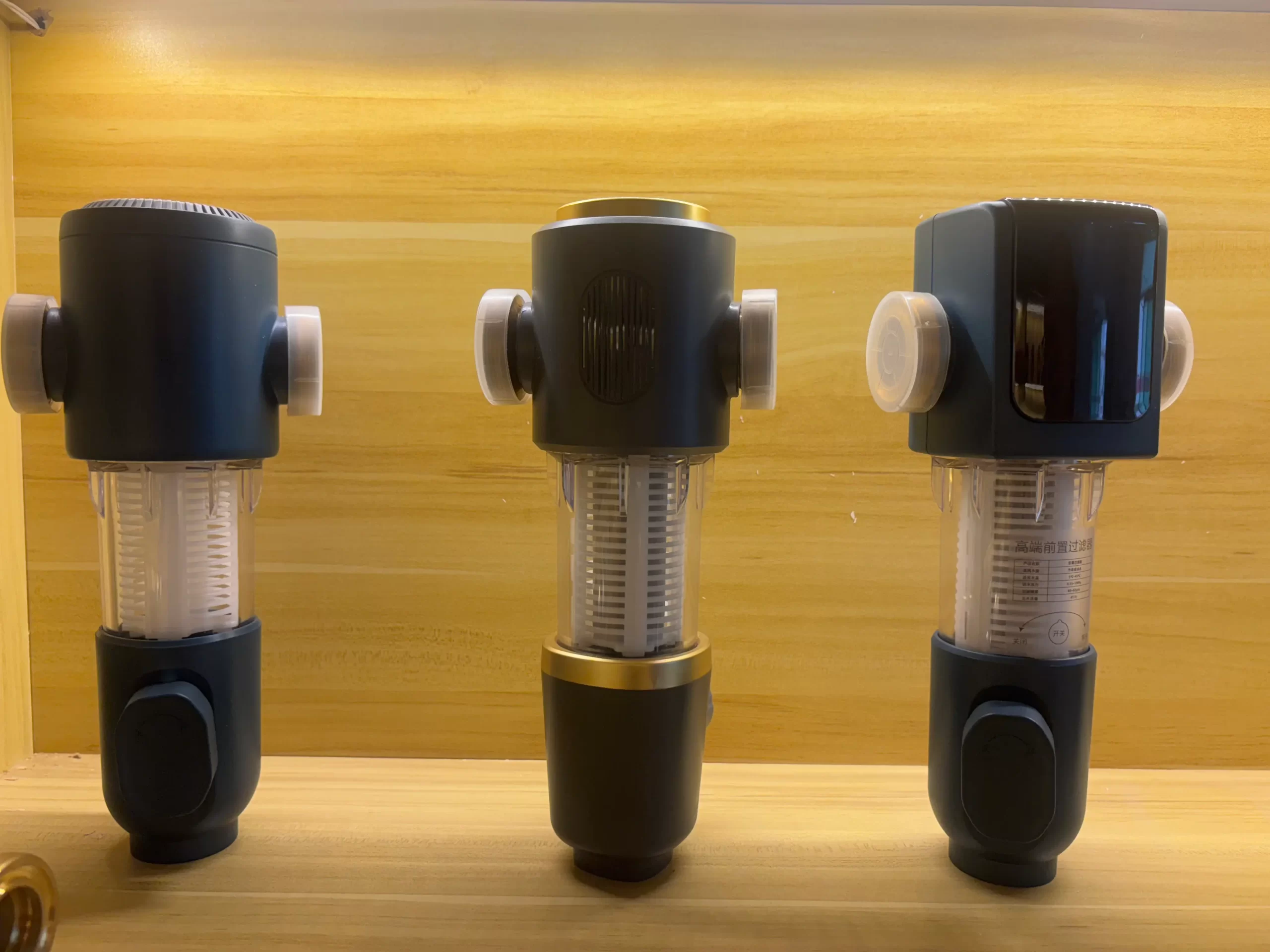Injection Mold Development: The Complete Guide to Design, Manufacturing & Optimization
Injection mold development sits at the heart of plastic product manufacturing, shaping everything from medical devices to automotive components. This in-depth guide demystifies the mold development lifecycle, delivering proven strategies to enhance mold performance, reduce costs, and accelerate time-to-market.
1. Injection Mold Development Planning Phase

1.1 Critical Inputs for Successful Development
- Material Science Integration: Select resins (ABS, PC, PP) based on mechanical, thermal, and aesthetic requirements.
- Design for Manufacturability (DFM):
- Optimize wall thickness (1–3 mm) to prevent sink marks
- Apply 1–3° draft angles for easy part ejection
- Strategically position ribs and bosses
- Quality Benchmarks: Define SPI-class surface finishes and ISO 20457-compliant tolerances.
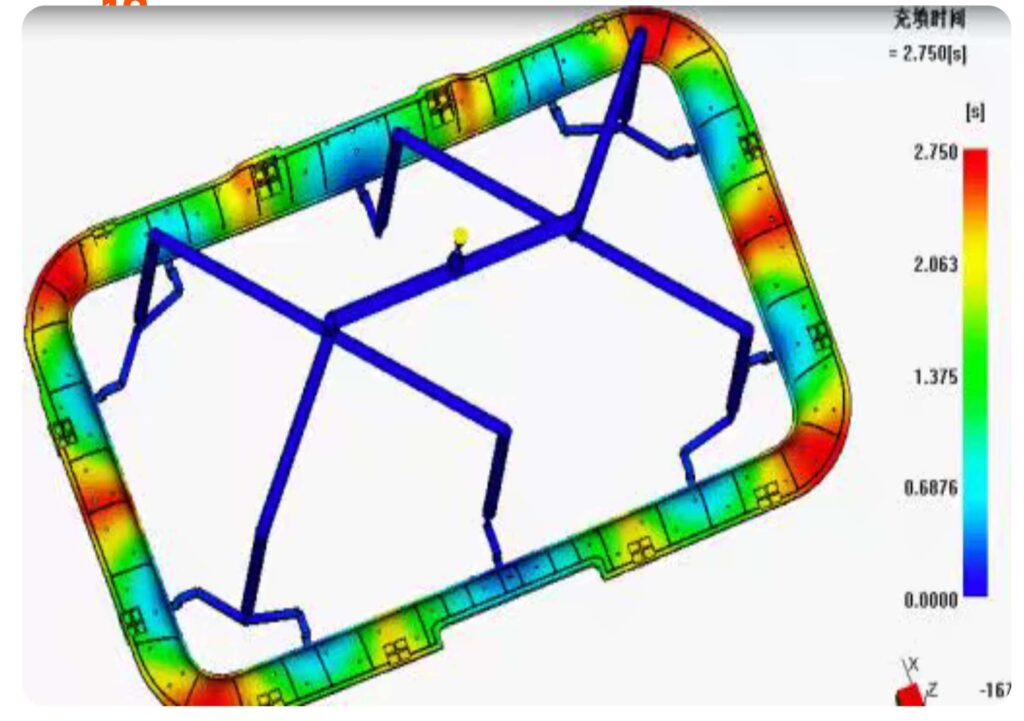
1.2 Feasibility Analysis in Mold Development
- Run mold flow simulations to predict filling patterns and cooling stresses.
- Create failure mode charts for high-risk features like thin walls or complex geometries.
- Calculate ROI: Compare standard molds (100k cycles) vs. hardened steel molds (1M+ cycles).

2. Injection Mold Design Engineering
2.1 Parting Line Strategies
- Use planar parting surfaces for 90% of applications; employ laser scanning for complex profiles.
- Hide parting lines under functional features or texture zones.
2.2 Advanced Gating Systems
- Cold Runners: Ideal for small batches (<10k units) with easy color changes.
- Hot Runners: Slash cycle times by 15% for high-volume production.
- Valve Gate Technology: Eliminate gate vestige on cosmetic surfaces.
2.3 Conformal Cooling Revolution
- Achieve 40% faster cooling with 3D-printed spiral channels.
- Monitor thermal stability via embedded IoT sensors (±1°C accuracy).
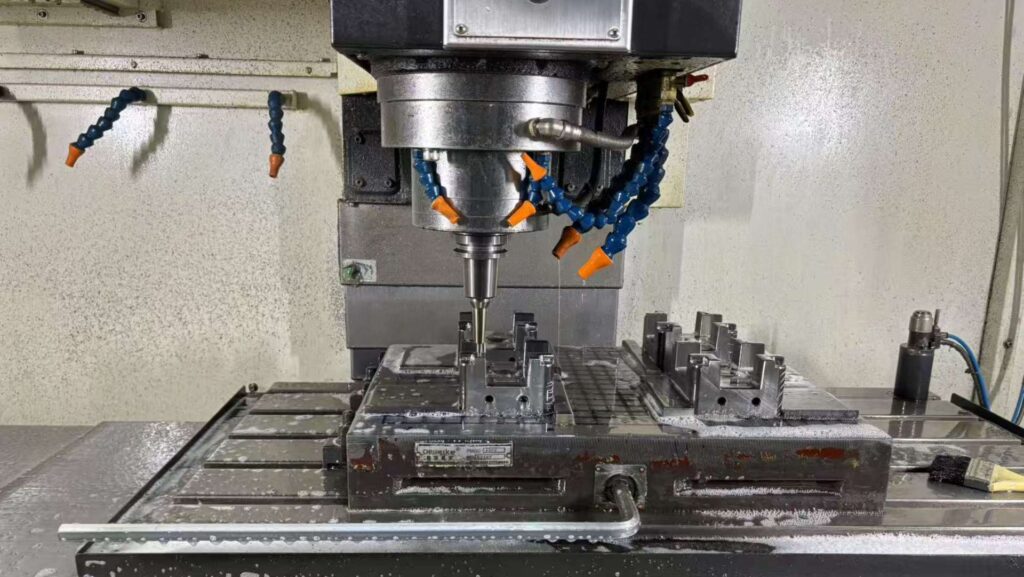
3. Precision Manufacturing in Injection Mold Development
| Process Stage | Technology | Accuracy | Equipment |
|---|---|---|---|
| Core/Cavity Machining | High-speed 5-axis CNC | ±5 μm | Mikron HSM 600 |
| Micro-texturing | Laser ablation | Ra 0.1–10 μm | GF Machining Solutions |
| Surface Hardening | Plasma nitriding | 800–1200 HV | IONBOND P40 |
| Quality Assurance | White light interferometry | 0.1 μm resolution | Alicona InfiniteFocus |
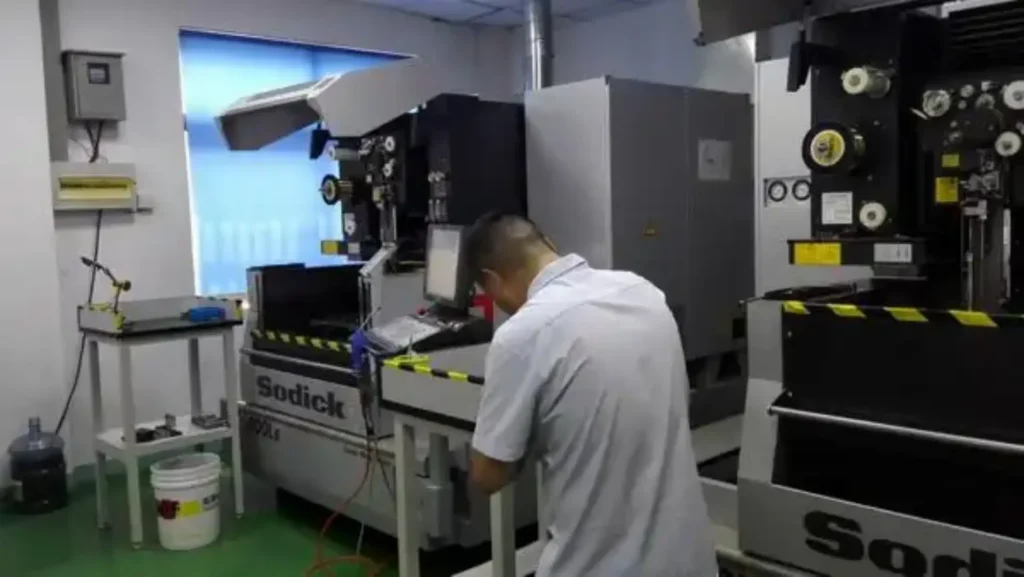
Industry Insights:
- Combine subtractive and additive manufacturing for complex inserts.
- Implement toolpath optimization algorithms to reduce machining time by 25%.
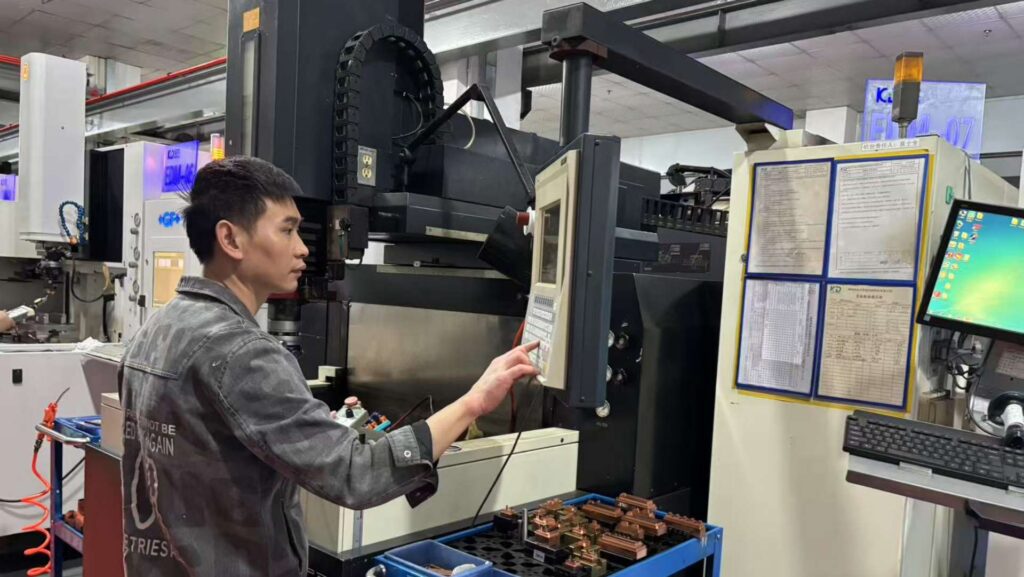
4. Injection Mold Development Validation
4.1 Scientific Mold Testing Protocol
- Dry Cycle Testing: Verify mechanical functions without material.
- Short Shot Analysis: Optimize gate locations and venting.
- DOE (Design of Experiments): Identify optimal packing pressure/temperature matrix.

4.2 Defect Elimination Matrix
| Issue | Technical Cause | Mold Development Solution |
|---|---|---|
| Burn marks | Trapped air in cavities | Add vacuum vents (0.02–0.05 mm depth) |
| Splay | Moisture in material | Install mold dehumidification system |
| Dimensional drift | Uneven cooling | Rebalance conformal cooling channels |
5. Sustaining Injection Mold Development Excellence
5.1 Predictive Maintenance Framework
- Real-time Monitoring: Track wear on sliding cores with acoustic emission sensors.
- AI-Powered Analytics: Predict failure points 500 cycles in advance.
- Automated Lubrication: Grease guide pillars every 1k cycles via robotic systems.
5.2 Circular Economy Practices
- Remanufacture worn molds using laser cladding technology.
- Recycle H13 steel from retired molds for new inserts.
6. The Future of Injection Mold Development
- Generative Design: AI algorithms create organic mold structures with 50% less material.
- Digital Twins: Virtual clones reduce trial costs by 70%.
- Nanocoated Molds: Graphene coatings enable 10x longer service life.
Why Injection Mold Development Matters
With 68% of plastic part defects traceable to mold design flaws, mastering injection mold development is non-negotiable. Leading manufacturers now achieve:
- 30% faster development cycles via hybrid prototyping
- 22% cost savings through AI-optimized cooling designs
- 99.98% first-pass yield with digital twin validation



